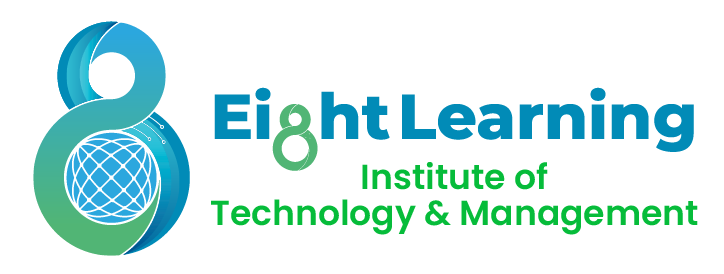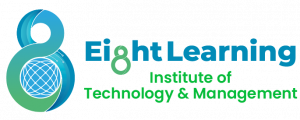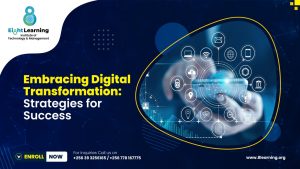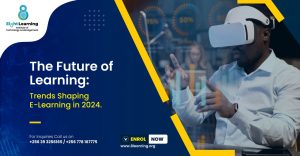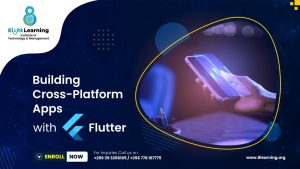In recent years, the landscape of education has undergone a seismic shift. What once took place within the four walls of a classroom now often occurs in the boundless expanse of the internet. The transition from traditional education models to e-learning was accelerated by technological advancements and, more recently, the global COVID-19 pandemic. In this article, let’s explore how we can adapt to this new reality, the benefits and challenges of e-learning, and the future of education in a digital world.
The Traditional Classroom Model
Traditional education models have long been characterized by face-to-face interactions, structured schedules, and physical classrooms. This method of teaching has its roots deeply embedded in history, offering a tried-and-tested approach where educators deliver knowledge directly to students. It allows for immediate feedback, hands-on activities, and the development of social skills through peer interaction. However, it also has limitations, such as geographic constraints, fixed schedules, and the potential for large class sizes to hinder individualized attention.
The Shift to E-Learning
E-learning, or electronic learning, leverages digital technologies to facilitate education outside the traditional classroom. It encompasses a range of formats, including online courses, virtual classrooms, webinars, and mobile learning. The shift to e-learning has been driven by several factors:
- Technological Advancements: High-speed internet, mobile devices, and interactive software have made it easier to access and deliver educational content online.
- Globalization: E-learning allows educational institutions to reach a global audience, breaking down geographic barriers and making education more accessible.
- Pandemic Response: The COVID-19 pandemic forced a rapid transition to online education, highlighting the need for adaptable and resilient education systems.
Adapting Traditional Models to E-Learning
To effectively transition from traditional classrooms to e-learning environments, several adaptations are necessary:
- Curriculum Design: Developing a curriculum that is suitable for online delivery involves rethinking how content is presented. Interactive multimedia, video lectures, and digital textbooks can enhance engagement.
- Assessment Methods: Online assessments require new strategies to maintain integrity and fairness. This includes using proctoring software, open-book exams, and project-based assessments.
- Student Engagement: Keeping students engaged in a virtual environment can be challenging. Incorporating interactive elements such as discussion forums, live chats, and gamification can help maintain interest and participation.
- Teacher Training: Educators need training to effectively use e-learning tools and platforms. Professional development programs focused on digital pedagogy are essential.
- Support Systems: Providing technical support for both students and teachers ensures smooth operation. Additionally, offering mental health resources can help address the isolation that may come with online learning.
Benefits of E-Learning
The transition to e-learning offers numerous benefits:
- Flexibility: Students can learn at their own pace and on their own schedule, making education more accessible to those with other commitments.
- Personalization: Adaptive learning technologies can tailor educational experiences to individual student needs, enhancing learning outcomes.
- Cost-Effectiveness: E-learning can reduce costs associated with physical infrastructure, transportation, and printed materials.
- Scalability: Online platforms can accommodate large numbers of students, making it easier to scale educational programs.
- Resource Availability: Digital resources are easily updated and widely available, providing students with up-to-date information.
Challenges of E-Learning
Despite its advantages, e-learning also presents challenges:
- Digital Divide: Access to technology and reliable internet can be a barrier for some students, exacerbating educational inequalities.
- Engagement and Motivation: Without the structure of a physical classroom, some students may struggle with self-discipline and motivation.
- Social Interaction: The lack of face-to-face interaction can impact the development of social skills and peer relationships.
- Technical Issues: Technical problems can disrupt learning and create frustration for both students and teachers.
- Quality Assurance: Ensuring the quality and credibility of online education requires rigorous standards and continuous evaluation.
The Future of Education
The future of education likely lies in a hybrid model that combines the best of traditional and e-learning approaches. Blended learning, which integrates online and in-person instruction, offers a flexible and adaptive framework. Institutions must continue to innovate, leveraging technology to enhance educational outcomes while addressing the challenges of digital education.
As we move forward, the key to success will be adaptability. Educational institutions must remain flexible, continuously evaluating and refining their approaches to meet the evolving needs of students in a digital age. By doing so, they can provide an education that is not only accessible and engaging but also prepares students for the demands of the 21st century.
The transition from classroom to cloud represents a profound transformation in the way we approach education. By embracing this change and addressing its challenges, we can unlock new opportunities for learning and ensure that education remains a powerful and inclusive force in our society.
